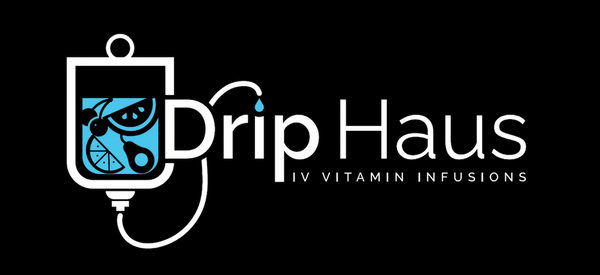Frequently Asked Questions
IV Drips FAQ
How Does Your IV Drip Service Work?
The service we provide at Drip Haus is designed to be a relaxing and relatively quick experience. Before the IV therapy begins, you will have a consultation with one of our nursing team so they can understand your needs and decide if an IV infusion is right for you. The Intravenous drip selected will contain the right blend of vitamins, minerals, and fluids to meet your specific needs. The whole process is usually over within 30-60 minutes, and our team ensures a comfortable and communicative experience. The moment we finish, you will be able to go about your daily activities.
Are there any adverse effects from IV drips?
IV vitamin therapy is generally a process carried out by fully trained healthcare professionals. While side effects are extremely rare, some individuals might experience minor bruising or discomfort at the site of injection. When you have your IV drip consultation with our nursing team, they will carry out a thorough health assessment to minimise any potential risks. Remember, it is essential to disclose your medical history and any existing conditions to ensure an effective IV therapy session.
What other services do you provide?
Besides a standard IV drip session, we also provide intramuscular and subcutaneous shots, micronutrient testing, IV Chelation (Heavy Metal Detox or EDTA) therapy, and NAD+. You can read more about these services on the dropdown menu at the top of the page. Additionally, we provide mobile IV drips in Perth, Broome and South West WA for those unable to travel for various reasons. We also offer in-clinic sessions across these regions.
Whatever service you require, Drip Haus will be able to provide the right specialised drips, vitamin injections, and intramuscular shots to suit your specific needs.
What benefits may I notice after one IV drip treatment?
Depending on the individual, the benefits after one IV therapy session can vary. However, the specific outcome will vary based on individual health conditions and goals.
